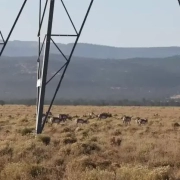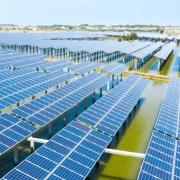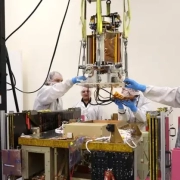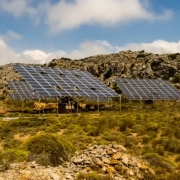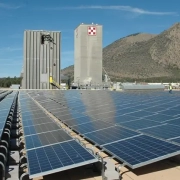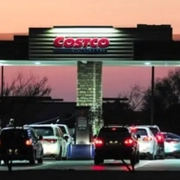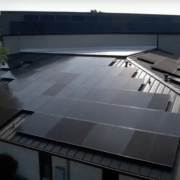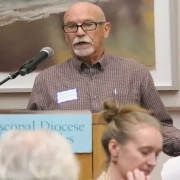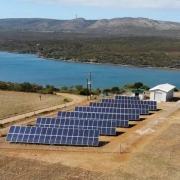For pronghorn, those antelope-like creatures of the American West, this grassland north of Flagstaff is prime habitat. It gives the animals the food and conditions they need to survive fall and winter.
But for a nation racing to adopt renewable energy, the land is prime for something else: solar panels. The sun shines strong, the terrain is flat and high-voltage transmission lines are already in place from a decommissioned coal plant. Energy collected here could speed to major metropolitan regions across the West, part of a colossal wave of clean power needed to stave off the worst effects of global warming.
Animals need humans to solve climate change. But they also need places to live. Loss of habitat is the top driver of a staggering global decline in biodiversity, the variety of life on earth. The boom in solar, set to be the fastest-growing energy source in the United States, is predicted to fence off millions of acres across the nation, blanketing them in rows of glassy squares.
Click here to read the full article
Source: New York Times
—
If you have any questions or thoughts about the topic, feel free to contact us here or leave a comment below.

